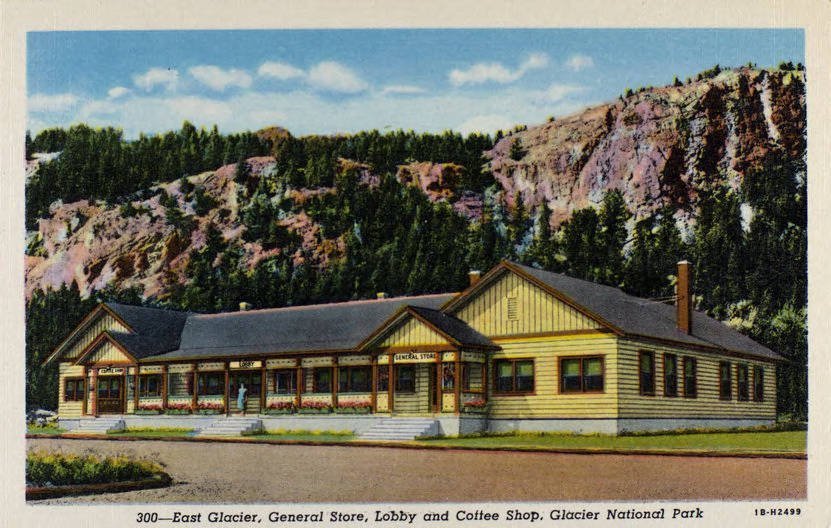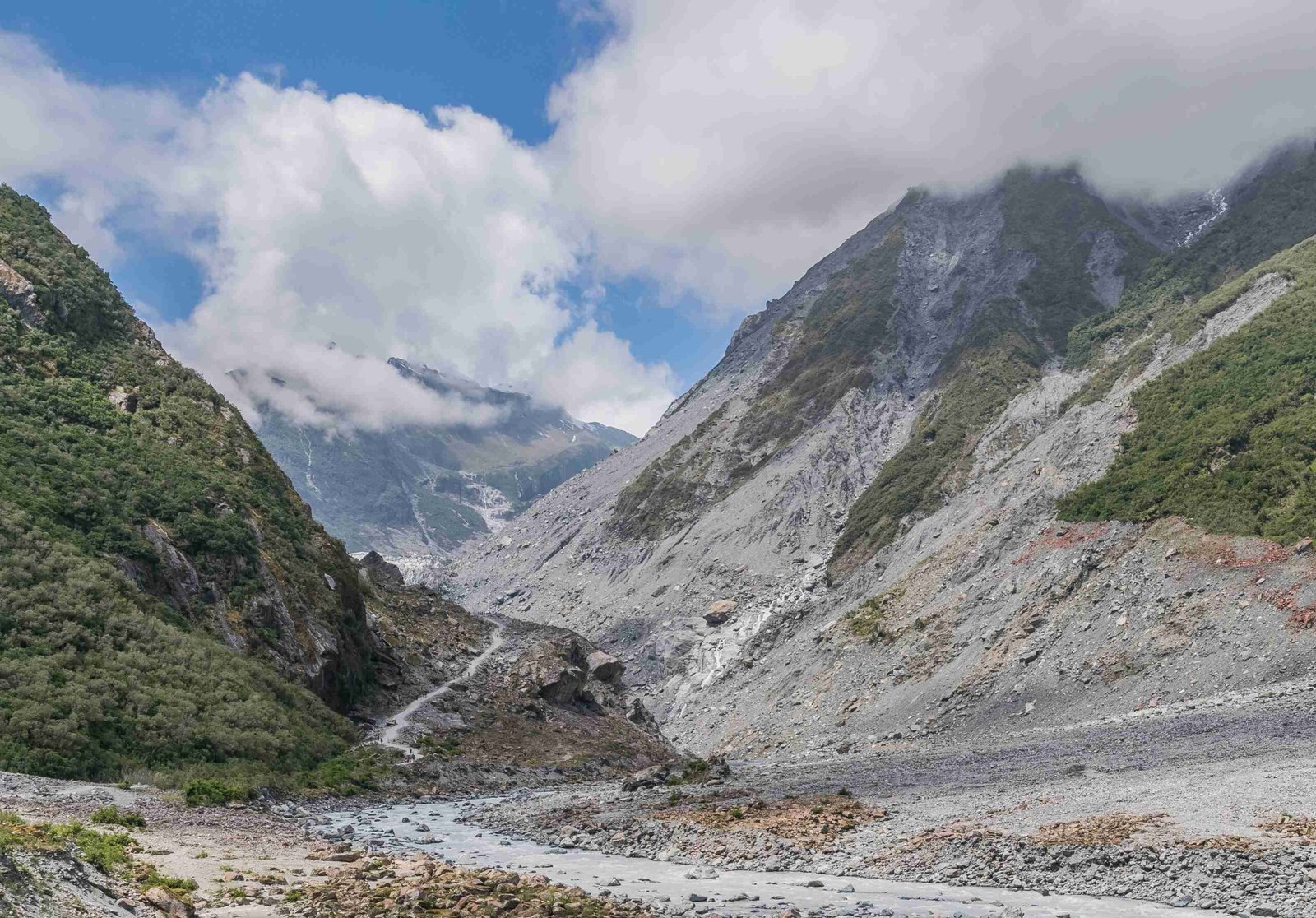Stanton Mountain in Glacier National Park offers a unique winter experience for adventurous skiers and outdoor enthusiasts. While not a traditional ski resort, the mountain provides opportunities for backcountry skiing and winter exploration. This guide covers essential information about skiing on Stanton Mountain, including trail conditions, safety considerations, and alternative winter activities in Glacier National Park.
What Are the Skiing Opportunities on Stanton Mountain?

Stanton Mountain, located within Glacier National Park, does not have marked skiing trails in the traditional sense. However, it offers potential for backcountry skiing for experienced winter adventurers. Here’s what you need to know:
- Access: The route to Stanton Mountain begins on the West Lakes Trail, a marked official park trail.
- Terrain: The ascent to the summit is an off-trail climb, requiring advanced navigation skills.
- Difficulty: Skiing on Stanton Mountain is considered extremely challenging due to:
- The off-trail nature of the terrain
- Significant elevation gain
- Potential for avalanches and other winter hazards
Backcountry Skiing Considerations
For those considering backcountry skiing on Stanton Mountain:
- Equipment: Bring appropriate backcountry skiing gear, including:
- Alpine touring skis or splitboard
- Avalanche safety equipment (beacon, probe, shovel)
- Navigation tools (map, compass, GPS)
- Skills: Advanced skiing abilities and winter mountaineering experience are essential.
- Safety: Always check avalanche forecasts and be prepared for rapidly changing weather conditions.
What Are the Current Stanton Mountain Ski Conditions?

As Stanton Mountain is not a designated ski area, specific ski conditions are not regularly reported. However, understanding general winter conditions in Glacier National Park is crucial for planning a backcountry ski trip:
Winter Weather Patterns
| Month | Average High (°F) | Average Low (°F) | Average Snowfall (inches) |
|---|---|---|---|
| December | 30 | 18 | 36 |
| January | 28 | 16 | 39 |
| February | 32 | 17 | 28 |
| March | 40 | 23 | 22 |
Checking Current Conditions
To get the most up-to-date information:
- Contact Glacier National Park rangers for current snow and trail conditions.
- Check the Glacier National Park official website for weather updates and alerts.
- Review avalanche forecasts from the Flathead Avalanche Center.
What Winter Activities Are Available Near Stanton Mountain?
While backcountry skiing on Stanton Mountain is for advanced adventurers only, Glacier National Park offers a variety of winter activities for all skill levels:
- Cross-Country Skiing
- Numerous groomed and ungroomed trails throughout the park
-
Popular areas include Lake McDonald and Apgar Village
-
Snowshoeing
- Many summer hiking trails are excellent for winter snowshoeing
-
Guided ranger-led snowshoe walks available (check park schedule)
-
Winter Hiking
- Some lower elevation trails remain accessible for winter hiking
-
Always check trail conditions and bring appropriate gear
-
Ice Climbing
- For experienced climbers, the park offers challenging ice routes
-
Proper equipment and expertise required
-
Wildlife Viewing
- Winter is an excellent time to spot animals like elk, bighorn sheep, and even wolves
- Bring binoculars and maintain a safe distance
How Much Do Ski Passes Cost for Stanton Mountain?
As Stanton Mountain is not a designated ski resort, there are no specific ski passes available. However, to access any area within Glacier National Park, including Stanton Mountain, you’ll need to pay the park entrance fee:
- 7-Day Vehicle Pass: $35
- Annual Glacier National Park Pass: $70
- America the Beautiful Pass (valid for all national parks): $80 annually
Additional Cost Considerations
When planning a backcountry ski trip to Stanton Mountain, factor in these potential costs:
- Equipment Rentals: If you don’t own backcountry ski gear, rentals can be expensive.
- Guided Tours: While not available specifically for Stanton Mountain, guided backcountry ski tours in other parts of the park can cost $200-$500 per day.
- Avalanche Safety Courses: Highly recommended for backcountry skiing, these courses typically range from $300-$600.
What Safety Precautions Should Be Taken for Skiing on Stanton Mountain?
Backcountry skiing on Stanton Mountain comes with significant risks. Here are essential safety precautions:
- Avalanche Awareness
- Take an avalanche safety course before attempting backcountry skiing
-
Always carry and know how to use avalanche safety gear
-
Weather Monitoring
- Check weather forecasts regularly
-
Be prepared for rapid weather changes common in mountain environments
-
Navigation Skills
- Carry topographic maps and a compass
-
Know how to use GPS in whiteout conditions
-
Emergency Preparedness
- Carry a first aid kit and emergency shelter
-
Have a plan for communication in case of emergencies (satellite phone or emergency beacon)
-
Physical Fitness
- Ensure you’re in excellent physical condition
-
Be prepared for strenuous activity at high altitudes
-
Travel with Partners
- Never ski alone in the backcountry
- Inform others of your planned route and expected return time
What Is the Best Time of Year for Skiing on Stanton Mountain?
The optimal time for backcountry skiing on Stanton Mountain typically aligns with Glacier National Park’s peak winter season:
- Prime Skiing Months: January through March
- Considerations:
- Snow conditions are usually best during these months
- Daylight hours are limited, especially in January
- Avalanche risk can be high, particularly after new snowfall
Seasonal Variations
- Early Season (November-December):
- Snow coverage may be inconsistent
- Some areas might still be transitioning to winter conditions
- Late Season (April-May):
- Longer daylight hours
- Potential for spring skiing conditions
- Increased avalanche risk due to warming temperatures
How Can I Prepare for a Backcountry Ski Trip to Stanton Mountain?
Proper preparation is crucial for a safe and enjoyable backcountry ski experience on Stanton Mountain:
- Physical Conditioning
- Engage in regular cardio and strength training
-
Practice skiing on varied terrain
-
Skill Development
-
Take courses in:
- Avalanche safety
- Winter navigation
- Wilderness first aid
-
Equipment Checklist
- Backcountry skis or splitboard
- Climbing skins
- Avalanche beacon, probe, and shovel
-
Winter camping gear for emergencies
-
Trip Planning
- Study topographic maps of the area
- Plan your route and set turnaround times
-
Check with park rangers for current conditions and advisories
-
Partner Selection
- Choose skiing partners with similar skill levels and goals
- Ensure all members of your group are equally prepared
By thoroughly preparing and respecting the challenges of backcountry skiing on Stanton Mountain, you can maximize safety and enjoyment in this spectacular winter environment within Glacier National Park.
References:
1. Glacier National Park Official Website
2. Flathead Avalanche Center
3. AllTrails – Stanton Mountain
4. SummitPost – Stanton Mountain